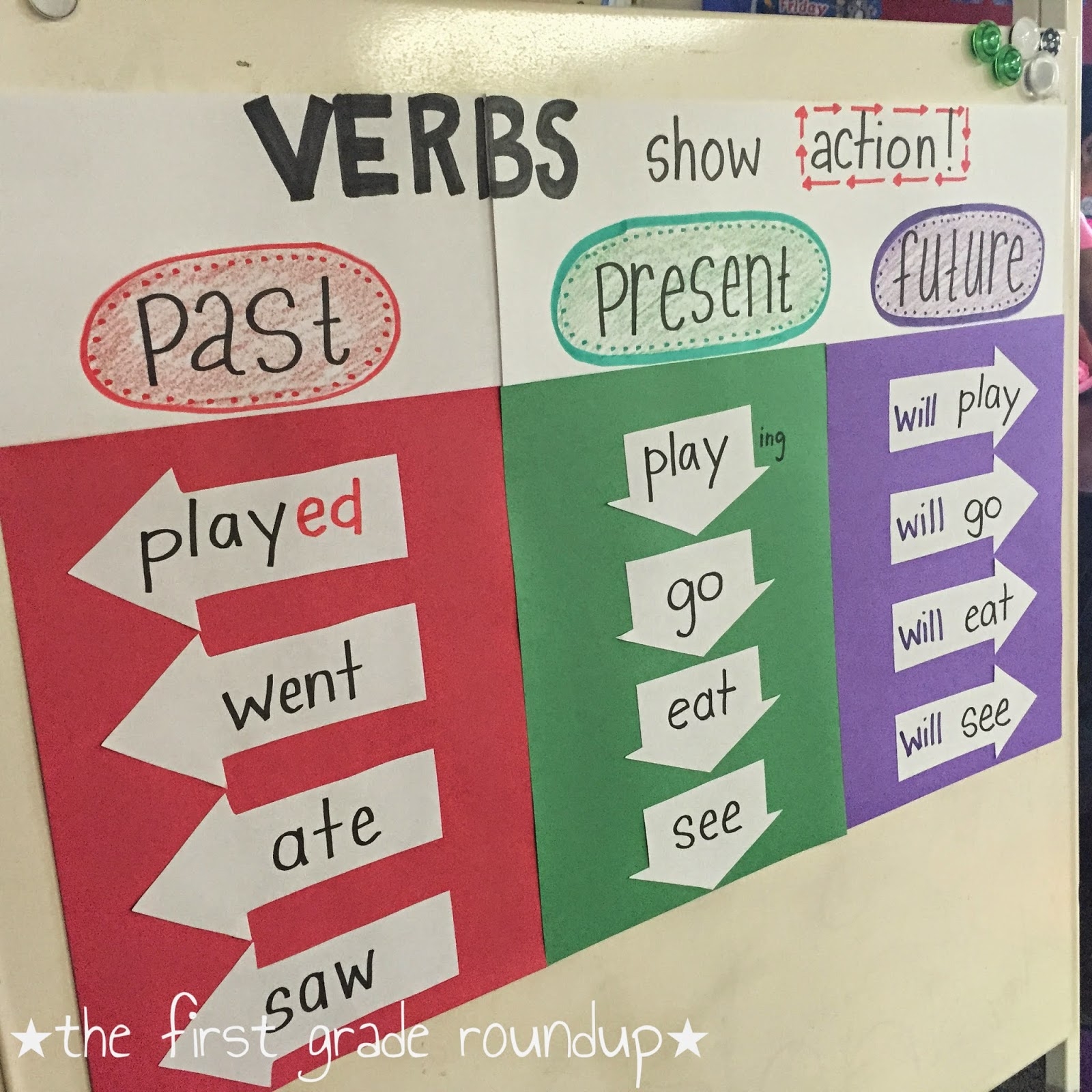Understanding the difference between present and past tense is essential in mastering the English language. Tenses play a crucial role in conveying the timing of actions, events, or states. By knowing when to use present or past tense, you can accurately express yourself in both spoken and written communication.
Many English learners struggle with distinguishing between present and past tense forms of verbs. However, with practice and a clear understanding of the rules, anyone can become proficient in using both tenses effectively.
Present vs Past Tense Chart
Below is a simple chart that illustrates the differences between present and past tense forms of verbs:
| Present Tense | Past Tense |
|---|---|
| I eat | I ate |
| You speak | You spoke |
| He/she/it runs | He/she/it ran |
As shown in the chart, the present tense is used to describe actions, events, or states that are currently happening or ongoing. On the other hand, the past tense is used to talk about actions, events, or states that have already happened in the past.
It is important to note that irregular verbs may have different forms in the past tense compared to regular verbs. For example, the past tense of “go” is “went” instead of “goed.” Learning these irregular verb forms is essential for mastering the past tense in English.
Practice using present and past tense forms of verbs in sentences to improve your understanding and fluency. By regularly incorporating both tenses into your language practice, you will become more comfortable and confident in using them correctly.
In conclusion, mastering the present and past tense in English is key to effective communication. By referring to charts like the one above and practicing with various verb forms, you can enhance your language skills and express yourself more accurately in both spoken and written English.
